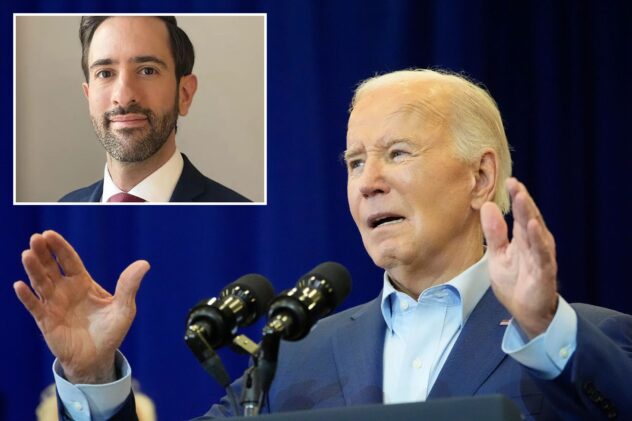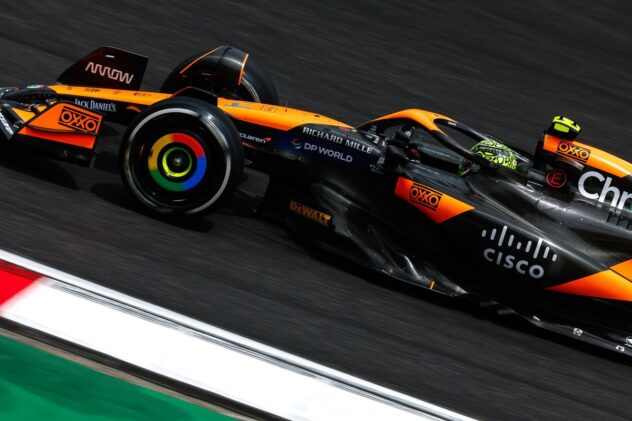Whoever heard of Gillespie Road?

The Arsenal tube station was opened by Great Northern, Piccadilly and Brompton Railway on 15th December, 1906. It started life as Gillespie Road station and the original branding survives on the platforms to this day, with the words ‘Gillespie Road’ tiled into the platform walls. It granted access to St. John`s Divinity College on Highbury Hill, as well as serving the surrounding streets of St. Thomas` Road, Avenell Road and Blackstock Road.
In 1906, it was still a very sleepy area yet to undergo full urbanisation, with rows of terraced houses just beginning to appear. In London, it’s par the course for underground stations to have bus stops immediately outside them. Arsenal tube station does not have one within a quarter-mile radius.
When the station opened, the area was too quiet to justify one. Now it is not served by one for the opposite reason. The road outside the station is closed on match days due to the heavy footfall of match going fans. Arsenal is nestled in travelcard zone 2, served by the Piccadilly Line, wedged between Holloway Road and Finsbury Park.
The station is also one of the most significant and far sighted pieces of branding in world football. While Spurs fans shuffle off the tube at Seven Sisters, West Ham fans used errr, East Ham [and now Stratford] and Chelsea Fulham Broadway, Arsenal fans use a tube station named after the club itself. It was Herbert Chapman who pushed through the rebranding process. “Whoever heard of Gillespie Road?” he scoffed, “It’s Arsenal around here!”
Chapman built a great football team, but he also built the Arsenal brand that we recognise today. A lot of his greatest ideas were marketing innovations really, like the countdown clock [which the football association quickly banned to protect match officials], a pan-European club tournament and the fact that the club spent a cool £180,000 upgrading Highbury with the renovation of the West and East Stands, including the marble halls in all of their polished glory.
Arsenal moved to Islington from Woolwich in 1913, partly because club chairman Henry Norris recognised the limitations of the club’s provincial south London surroundings. Woolwich was, and still is, difficult to reach unless you live in the immediate vicinity. Norris’ eye fell upon St. John’s Divinity College partly because the area was so well connected to metropolitan London.
Gillespie Road was a few short tube stops away from Leicester Square, Holborn and Kings Cross on the Piccadilly Line. Norris was a property magnate and he understood Islington’s potential and how the improved connectivity would help to grow the fan base. Arsenal had only been in the area for just over a decade when Chapman was appointed and were still laying down their roots in the borough.
The club didn’t win its first major trophy until 1930, so it was not exactly bringing an impressive history with it with which to wow the locals. The Gunners were gaining momentum in the early 30s, winning their first league title in 1931. Chapman began his premiership by buying expensive players like Charlie Buchan and David Jack, for whom the club broke the world transfer record in 1928, making him the first five figure acquisition in football.
A lot of Chapman’s ideas were designed to capture the imagination of the public and with a winning team forming, he set about upgrading Highbury with two luxurious stands at the east and west points of the stadium. “Above all, Chapman was a showman,” stalwart defender George Male would later remark. “Everything came second to his team putting on a show.”
It wasn’t just the stadium that Chapman wanted to stand out. In November 1932, after a couple of years of lobbying, Herbert managed to convince UERL (Underground Electric Railways Company of London- a forerunner of Transport for London) to change the name of Gillespie Road station to Arsenal (Highbury Hill). The Highbury Hill suffix was eventually dropped in 1960.
It was a momentous achievement to convince a non-football body like the UERL to accommodate this request. It meant reprinting all maps on the underground network and reconfiguring all of the ticket machines [electronic ticket machines first appeared on the London Underground in 1908] to recognise the new name. It is impossible to imagine how he managed it.
It was especially remarkable because ‘Arsenal’ of course, doesn’t refer to a geographical location. By renaming the tube station, the club stuck its flag into the Islington turf and made it feel like home. It also offered the club free advertising on every underground platform and map in the capital. It is unrivalled as a piece of club branding.
Arsenal have contributed to the upkeep of the station, as it became clear that the team would be directing a lot of human traffic to Arsenal station every other Saturday. Some of the terraced housing that surrounded the station was knocked down and the tunnels down onto the station platforms were widened.
Even today, the terracotta tiled station is unique as it has no stairs or lifts to street level. Instead, the floor slopes upwards as you make the journey from the platform. Those that use Arsenal regularly will be familiar with the final steep incline and the sharp intake of breath required before you become reacquainted with level ground again, as your knee joints recoil in terror.
The Emirates Stadium is positioned slightly closer to Holloway Road tube station and Drayton Park overground. However, access issues mean that both are closed a couple of hours before home games, which means Arsenal remains the most used match day station. Alighting from Arsenal also gives fans a precious site of Highbury as they walk to the Emirates.
Arsenal station is one of the most significant monuments to the club’s stature and the most obvious living symbol of Chapman’s legacy. Its marketing significance remains, but in 1932, it firmly established a club still finding its feet in its new surroundings, weaving the club into the fabric of its new community. Even in its previous incarnation as Gillespie Road station, its presence was one of the main reasons Norris moved Arsenal into the area in the first place.
It is still the only London Underground station named after its closest football team. Many of you might even be familiar with the Spurs supporting tube driver who, on matchdays, still jokingly announces that ‘we are now approaching Gillespie Road station.’ This ordinary transport hub stands as one of the proudest and most unique landmarks in English football history.
Follow me on Twitter @Stillberto– or like my page on Facebook
















